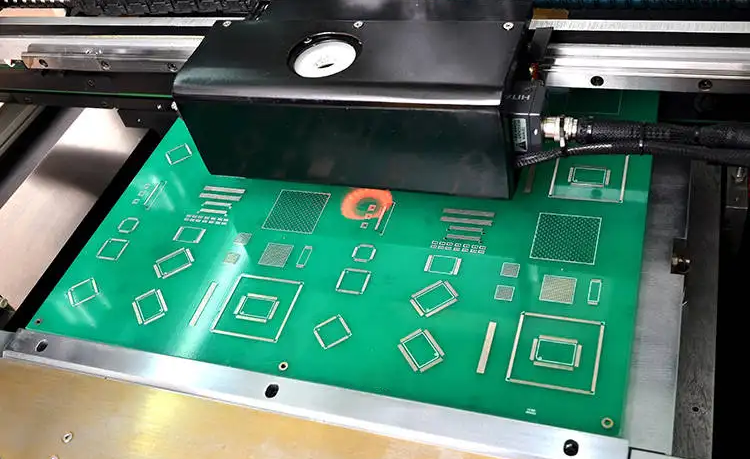

Solder paste is an indispensable material in SMT processing. The main function of solder paste is to form electrical connections between PCB pads and electronic components. There are different types of solder paste, so it is necessary to choose solder paste according to the type of customer's products. So what types of solder pastes are there?

1. Leaded and lead-free solder pastes
Leaded solder paste: As the name suggests, it contains lead in the ingredients. Although it is harmful to the environment and human body, the welding effect is good, the cost is low, and the mechanical strength of the solder joint is high. It can be applied to some electronic products that do not require environmental protection.
Lead-free solder pastes: Its characteristics are that it is less harmful to human body and belongs to environmental protection products, but the mechanical strength of solder joints is lower than that of leaded solder paste. Generally, lead-free solder pastes contain trace amounts of lead. The SMT industry requires that the lead-free lead content must be reduced to <0.1%. At present, lead-free solder paste is mostly used in the SMT processing industry.
The difference between lead and lead-free is clear at a glance. In fact, the main difference is the content of lead in solder paste. Under today's environmental protection requirements, lead-free processes are used in the SMT processing of most electronic products. However, there are also some products that still need to use the lead-based process. The main reason is that the lead-based process has better welding effect and cheaper cost.
2. High temperature solder paste, medium temperature solder paste, low temperature solder paste
The melting point of high temperature solder paste is generally above 217℃, and the soldering effect is the best among the three solder pastes.
The melting point of the medium temperature solder paste is around 178°C, the adhesion is good, and it can effectively avoid collapse. It is the most used type of solder paste among the three solder pastes.
The melting point of low temperature solder paste is 138°C, and it contains bismuth. When the components of the patch cannot withstand the temperature of 200 ℃ and above, the use of low temperature solder paste for the soldering process can protect components and PCB that cannot withstand high temperature reflow soldering.
3. Tin powder particle size
According to the particle diameter of the tin powder, the solder paste can be divided into 1, 2, 3, 4, 5, and 6 grades of solder paste, of which 3, 4 and 5 powders are the most commonly used. The more precise the product, the smaller the tin powder needs, but the smaller the tin powder is, the correspondingly increase the oxidation area of the tin powder. In addition, the shape of the tin powder is round, which is conducive to improving the quality of printing.
